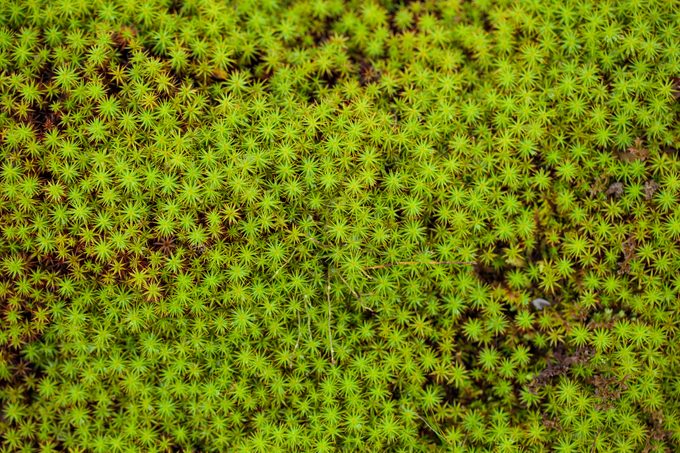What is Sphagnum Peat Moss and How Do I Use It?
Updated: Apr. 24, 2024

Sphagnum peat moss is a popular material for many gardeners. But is it right for your garden?
Sphagnum peat moss is a common material used by gardeners for conditioning soil. See why it’s so popular, why many gardeners swear by it, and what its limitations are.
On This Page
What is Sphagnum Peat Moss, and What are Its Benefits?
“Sphagnum peat moss is a partially decomposed sphagnum moss collected from bogs alive and then dried after harvesting,” according to Pol Bishop, a gardening and landscaping expert at Fantastic Gardeners.
Sphagnum peat moss has a wide range of benefits. Primarily it’s used as a conditioner to loosen compact soils, improve aeration and prevent rotting roots, according to Tammy Sons, owner of Tennessee Wholesale Nursery.
“Additional benefits include increasing the soil’s water and nutrient-maintaining capacity, serving as a source of trace minerals, and providing acidity to the soil that is much needed by plants such as berries, basil, gourds, arugula, and more,” Sons says.
There are hundreds of species of sphagnum moss. Most varieties are primarily harvested in wetlands in Canada, though it’s also found in parts of the United States, Europe and around the world.
What Does Sphagnum Peat Moss Look Like?

There are a few distinct signs. “This moss can be distinguished by its somewhat unique branch cluster, which stems from the center of the plant,” Sons says. “With a lack of true roots, it is easily found on many surfaces such as, but not limited to, rocks, tree bark, and soil.”
Why Would You Not Use it?
While sphagnum peat moss does provide important benefits for some gardeners, there are limitations and drawbacks.
Andrea Ballanti, owner of Your Indoor Herbs, notes that because peat moss is acidic, large amounts might compromise your soil’s pH.
“Peat moss is essentially a dry plant material from a type of moss called sphagnum,” Ballanti says. “This plant traps a large amount of CO2 and its presence is important for the water filtration and regulation capability. Many of my gardener’s friends are starting to use alternatives such as coco coir (dust coming from the coconut husks). I did as well, but it is quite expensive at the moment.” Are you familiar with the concept of moss gardens?
Also, find out how to bring the lush look and feel of a cushy forest floor into your home with living moss rugs!




















